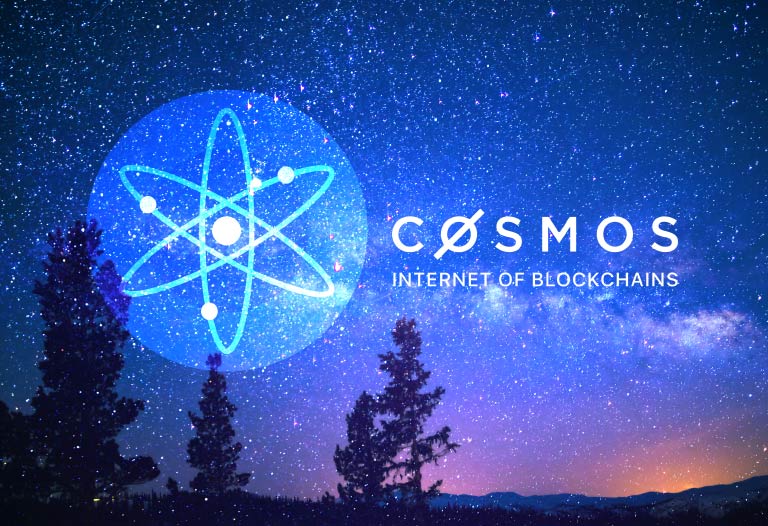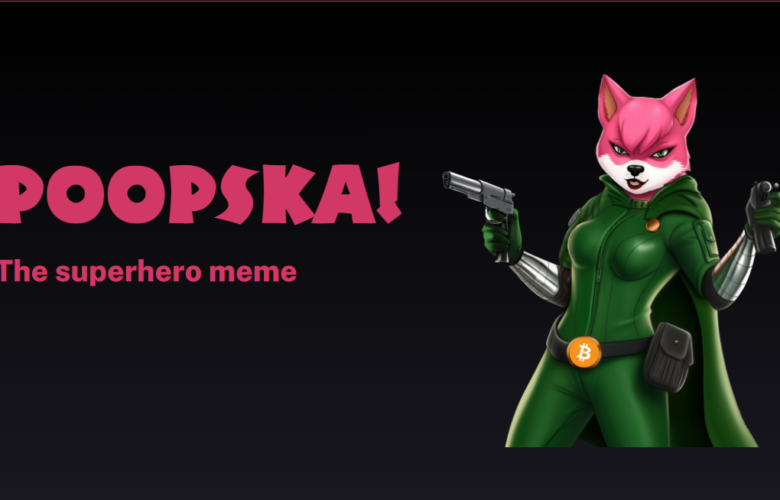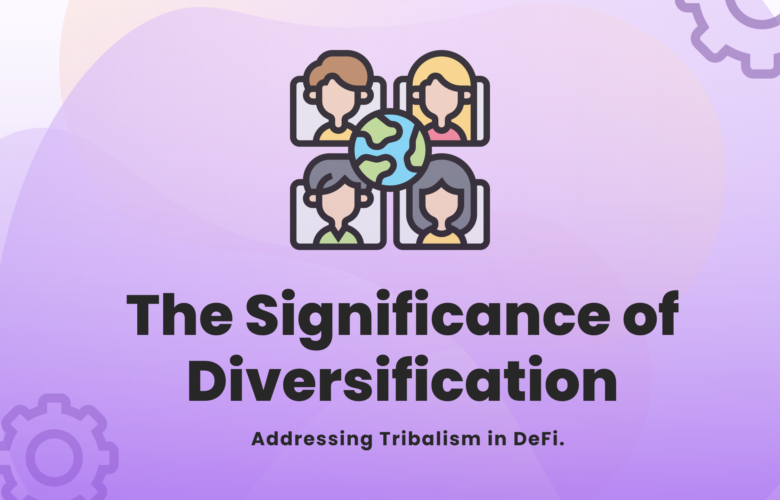| # | Name | Price | Market Cap | Change | Price Graph (24h) | ||||||||||||||||||||||||||||||||||||||||||||||||||
|---|---|---|---|---|---|---|---|---|---|---|---|---|---|---|---|---|---|---|---|---|---|---|---|---|---|---|---|---|---|---|---|---|---|---|---|---|---|---|---|---|---|---|---|---|---|---|---|---|---|---|---|---|---|---|---|
Cosmos is indending to build a network of crypto networks linked by open-source tools for allowing cross-network transactions, named a “Internet of blockchains” by its founders.
Cosmos stands out from other projects because of its emphasis on customizability and interoperability.
Rather than focusing on its own network, its goal is to create an ecosystem of networks that can communicate data and tokens programmatically, without the need for a central hub.
Every new independent blockchain generated within Cosmos (referred to as a “zone”) is then linked to the Cosmos Hub, which keeps track of each zone’s current status and vice versa.
The Cosmos Hub, a proof-of-stake blockchain, is powered by the native ATOM token. Users who want to stay up to date on Cosmos’ current development state can use the website to track its progress. You can bookmark the Cosmos blog for more frequent updates from the Cosmos team, which includes tips and lessons on the network and its expanding technologies.
What’s the story with Cosmos?
There are three layers in the Cosmos network:
Transactions are processed and the network’s status is updated by this application.
Networking enables transactions and blockchains to communicate with one another.
Consensus – Assists nodes in reaching an agreement on the system’s present state.
Cosmos makes use of a collection of open-source tools to connect all of the layers and enabling developers to create blockchain applications.
Tendermint
The Tendermint BFT engine, which allows developers to create blockchains without having to code them from start, is the most important component of this layered design.
A network of computers running the Cosmos software uses the Tendermint BFT mechanism to safeguard the network, validate transactions, and commit blocks to the blockchain. It connects to apps using the Application Blockchain Interface protocol.
Byzantine Fault Tolerance in Tendermint (BFT)
Tendermint Core is the heart of Tendermint, a proof-of-stake (PoS) governance mechanism that maintains Cosmos Hub’s distributed network of computers in sync.
Participants (“validator nodes”) must first stake ATOM in order to supply the blockchain and vote on updates. A node must be in the top 100 staking ATOM nodes to become a validator. The volume of ATOM staked determines voting power.
Users can also delegate their tokens to other validators, allowing them to vote while still earning a share of the block reward.
Users can simply switch between the validators they delegate ATOM to, depending on their voting preferences, which incentivizes validators to perform honestly.
Zones and the Hub of the Cosmos
On the Cosmos network, the Cosmos Hub was the first blockchain to be launched. It was developed to operate as a middleman between all of the “zones,” or individual blockchains created within the Cosmos network.
Each zone of Cosmos is capable of performing its primary activities on its own. Authenticating accounts and transactions, producing and distributing new tokens, and making changes to its own blockchain are all part of this process.
The Cosmos Hub is in charge of encouraging interoperability by keeping track of the statuses of all the zones in the network.
Protocol for Inter-Blockchain Communication
The Inter-Blockchain Communication protocol (IBC) connects zones to the Cosmos Hub, allowing information to flow freely and securely between each connected zone.
Once a zone is joined to the Cosmos Hub, it is interoperable with all other zones connected to the hub, allowing data to be exchanged between blockchains with widely different applications, validators, and consensus algorithms.
SDK for Cosmos
The Cosmos team has also created a software development kit (SDK) that allows developers to create blockchains that use the Tendermint consensus algorithm.
By providing the most common functionality found in blockchains, the SDK reduces complexity (i.e., staking, governance, tokens). Plugins can be created by developers to add any new features they choose.
What is the value of ATOM?
The ATOM token is used for holding, spending, transmitting, and staking and helps to ensure compatibility between all zones in the Cosmos network.
As a result, the more additional blockchains that rely on the Cosmos Hub to keep their transaction histories, the more valuable ATOM may become.
Users obtain the capacity to vote on network enhancements by holding and staking ATOM, with each vote proportionate to the amount of ATOM staked.
Validators are rewarded with ATOM based on the number of tokens they stake, with delegators receiving a small portion of the payment.
Investors should be aware that there is currently no cap on the number of new ATOM which can be produced. Whereas, Cosmos adjusts the number of tokens distributed based on the amount of ATOM contributed. As of 2020, this translates to an annual inflation rate of somewhere between 7% and 20%.
Why should you utilize ATOM?
The Cosmos network may appeal to users because to its focus on facilitating blockchain interoperability. The Cosmos network is home to a wide range of projects. A price-stable cryptocurrency and a decentralized finance (DeFi) technology that allows traders to leverage their holdings are two examples. If investors believe engineers will flock to frameworks that allow them to construct custom blockchains, they may want to buy ATOM and add it to their portfolio.
Link: https://cosmos.network/




 Bitcoin
Bitcoin  Ethereum
Ethereum  Tether
Tether  Solana
Solana  Dogecoin
Dogecoin  XRP
XRP  USDC
USDC  Lido Staked Ether
Lido Staked Ether  Cardano
Cardano